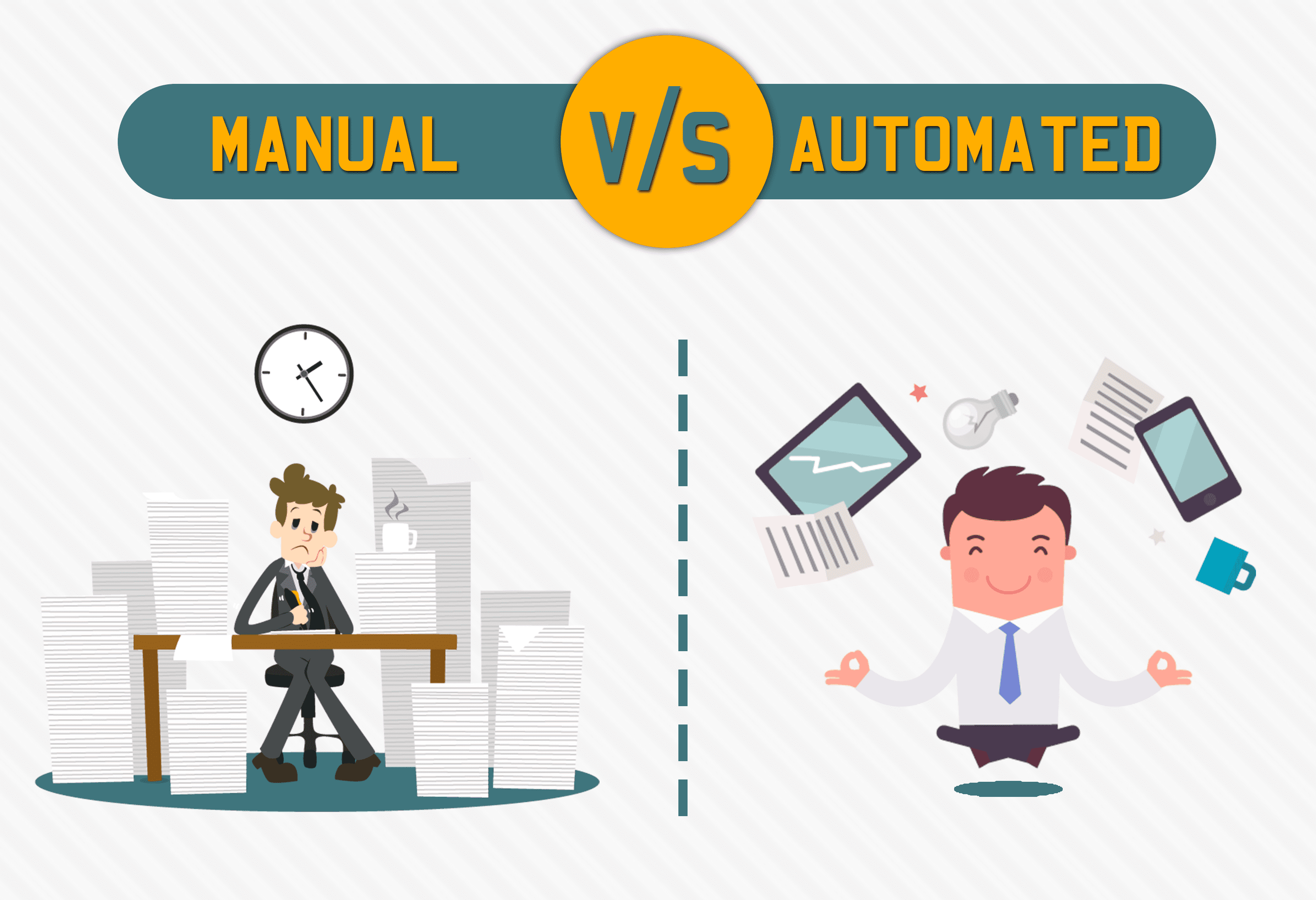Automation Testing Vs. Manual Testing

R vs Python
2nd March 2020
Hadoop Yarn Architecture
6th March 2020Testing is one of the most important aspects of the software development process. It is where the software actually sees the light of the day and it is the moment of truth. There are various ways of software testing. Manual testing is the methodology of humans doing all the testing. For a long time this worked very well. But today there is so much preponderance of software that it is just not feasible for humans to test all the software manually. This is where the software testing automation takes over. There are a lot of advantages of automated testing process thanks to its adherence to speed and accuracy which humans are just not able to achieve.
In this blog post we will delve into the aspects of the manual testing versus the automated testing process and find out what are the advantages and disadvantages of each.
| Criteria | Manual Testing | Automated Testing |
| Basic premise | Less accurate and cannot perform repeated tasks | Highly reliable for repeated tasks as it uses tools and scripts |
| Time taken | Needs lots of time | Is a very fast process |
| Investment | Needed for human resource | Needed for the software tools |
| Generally used when | Test cases are run once or twice | Test cases are run repeatedly |
| For User Interface Testing | Highly effective since it involves human intervention | Not effective since there is no human intervention |
| Initial cost | Very less | It is high |
| For Build Verification Testing | Not recommended | Highly recommended |
At the end of the day the type of testing that you need is totally dictated by the requirement of the project, the kind of budget that is available and what is the testing methodology that will benefit the given deadlines, customer expectations and so on.
When it comes to exploratory, usability and ad-hoc testing the best way to test the cases is through manual testing. When it comes to performance testing, load testing, regression testing, and repeated testing we can rest assured that automated testing is the best one.
There are many testing types which are carried out manually as well as automatically. There is blackbox and whitebox testing. The blackbox testing is more about the system settings, the configuration and other aspects without looking into the internal working of the software. The whitebox testing is the one which tests the logic, algorithm, and internal working of the software like branches, paths, code statements and conditions. In the integration testing we will be having the testing of the various joint functionalities after integration, code modules and the various applications like client, server, individual and so on. This type of integrated testing is most suitable for the distributed systems and the client server applications.
Manual testing is best suited for:
Exploratory Testing : in this type of testing the knowledge and experience of the tester along with his analytical and logical mindset is of utmost importance. It needs in equal measure the creativity and intuition. This type of tests has documentation that is poorly written. So the tester has to ensure that the execution of the process is completed.
Usability Testing :This is the testing wherein you will find out how user-friendly the certain software product is. So for this the human observation is crucial without which the usability test cannot pass muster.
Ad-hoc Testing :The very name of the test implies that it is done on an ad-hoc basis to serve some specific purpose. So this can only be done by the humans and since there is no set plan, the machines are not able to do it.
Automated Testing is best suited for:
Regression Testing : this type of testing is best suited for the automated testing as there are frequent code changes and it is beyond the human capacity to run the test in a timely manner and this is the right type of testing for automation.
Load Testing : For load testing applications the automation testing is the right type of testing.
Repeated Execution – when it comes to repeated execution we can deploy automation testing.
Performance Testing – The process of performance testing includes simulating the hundreds of concurrent users and it is best suited for automation testing.
Then there are other types of testing which as per the situation, project, organization and the need can be done either by manual testing methodology or automated testing methodology.
The tests which can be done through automated or manual approach:
Integration Testing – Integrated modules testing method to verify joint functionality after integration. Modules are typically code modules, individual applications, client and server applications on a network, etc. This type of testing is especially applicable to client/server and distributed systems.
System Testing – It tests the entire system for any errors or bugs in the system.
Unit Testing – In this type of testing we can see that the software components and modules are tested and this needs the thorough knowledge of the various internal programming of the code and design.
Acceptance Testing – In the acceptance testing we can see that the system meets the various customer requirements. It is normally done by the customer before accepting any software application to verify its efficacy. Now that you know the various scenarios in which each of the software testing methodologies are used, it is up to you and your organization to choose one over the other. It is all about taking the right decision to ensure that the software when delivered to the client is of the highest quality.






